1. Ribs
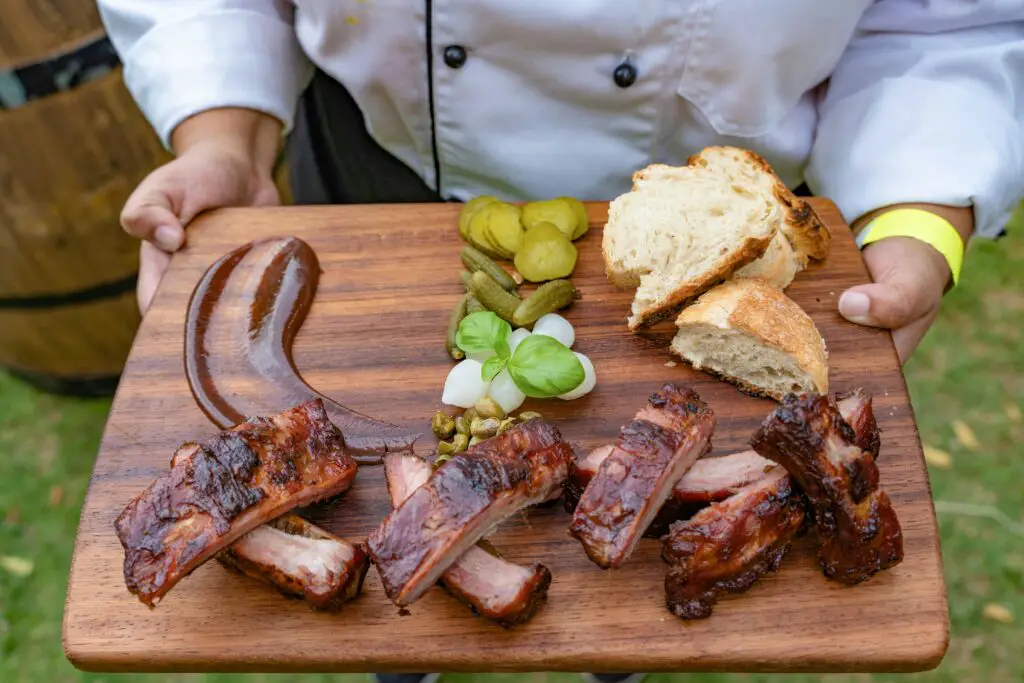
Ribs have long been viewed as a quintessential “manly” food, thanks to their hearty nature and the need to get messy while eating. Traditionally, they were seen as a symbol of strength and ruggedness, often served at large gatherings, particularly at barbecues and cookouts. The act of tearing meat off the bone was considered a primal, almost tribal act, reinforcing their association with masculinity.
Today, ribs have evolved into a dish enjoyed by everyone, regardless of gender. While they still hold that same satisfying, indulgent appeal, they are now a staple at family dinners, festivals, and even fine dining. From slow-cooked, fall-off-the-bone styles to grilled varieties with tangy sauces, ribs have transcended the stereotypical “man food” category to become a beloved treat for all food enthusiasts.
2. Steak
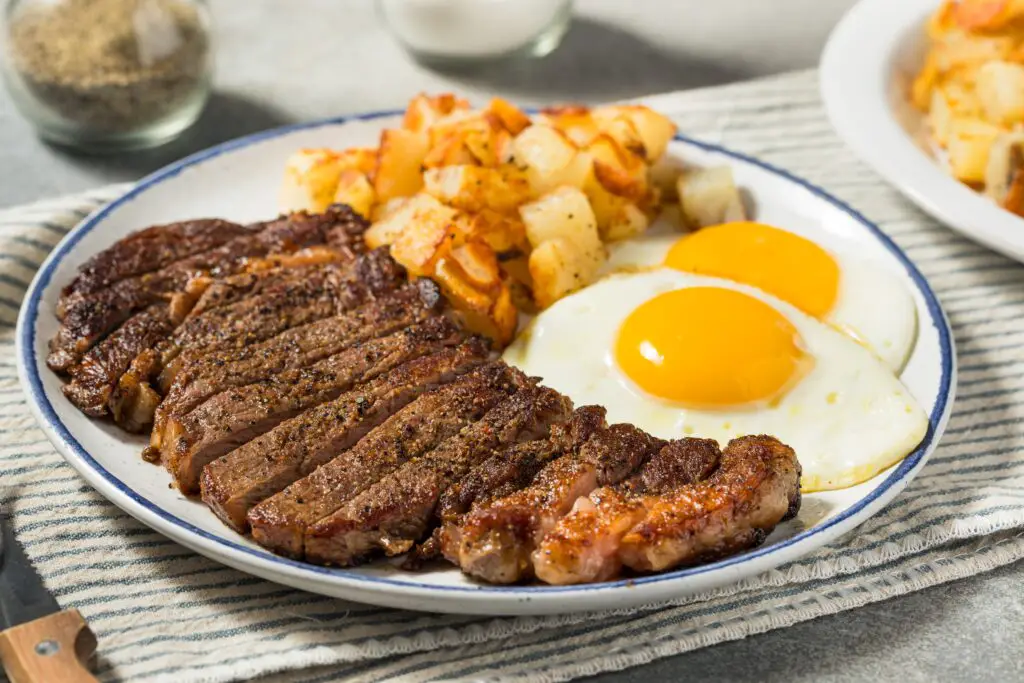
Steak has historically been marketed as the epitome of masculinity, with its association to power, strength, and virility often emphasized in advertisements and pop culture. For decades, a big, juicy steak was considered the ultimate manly meal, whether enjoyed at a fine restaurant or grilled on a backyard barbecue. The cultural perception of steak was that it was the ideal food for those wanting to show off their prowess at the grill or indulge in a lavish meal.
Now, steak has been embraced by a much broader audience. As people have become more discerning about food quality and sustainability, there’s been a rise in interest from both men and women in enjoying high-quality cuts and exploring plant-based alternatives like mushroom steaks or faux meats. The allure of steak today is more about appreciating its flavors, textures, and versatility rather than a traditional gender-based association.
3. Bacon
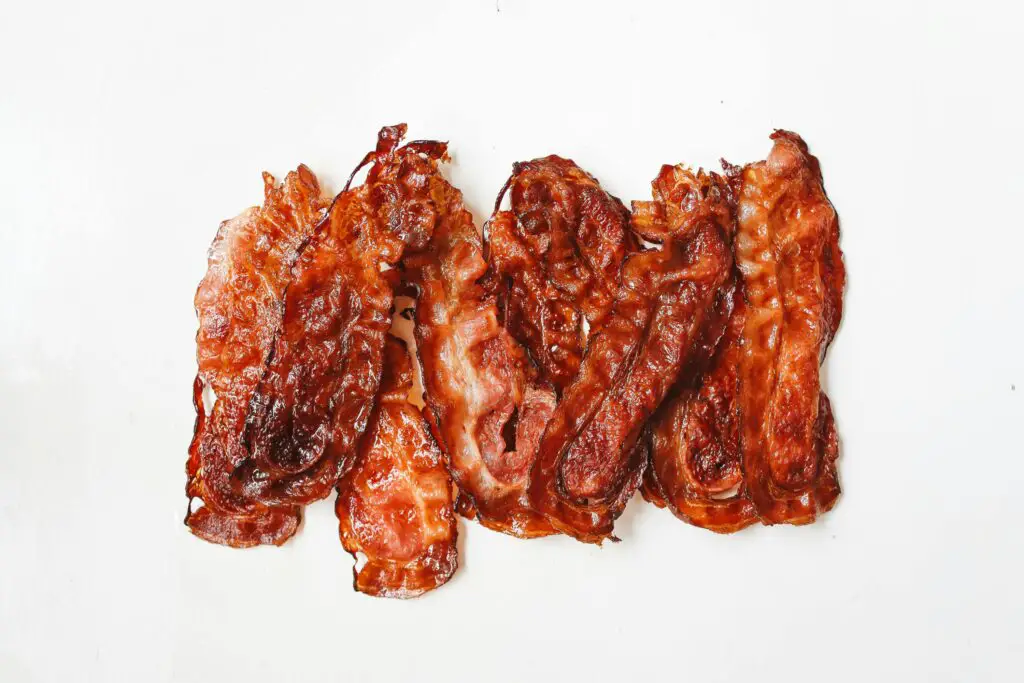
Bacon was once primarily seen as a man’s breakfast food, loved for its rich, salty, and indulgent taste. In the 20th century, it was often marketed as a hearty addition to a man’s morning routine or a crucial ingredient in a “manly” sandwich. Its role in the stereotypical “man food” category was cemented as it was frequently featured in rugged, masculine advertisements.
However, in recent years, bacon has exploded in popularity and become a universally beloved food. From bacon-infused cocktails to decadent desserts, its smoky and savory flavor has found a place in all sorts of unexpected dishes. No longer confined to the breakfast table or grilled meats, bacon is now enjoyed by a wide demographic, with trendy dishes like bacon-wrapped everything and gourmet bacon bites making their way into mainstream food culture.
4. Hot Wings
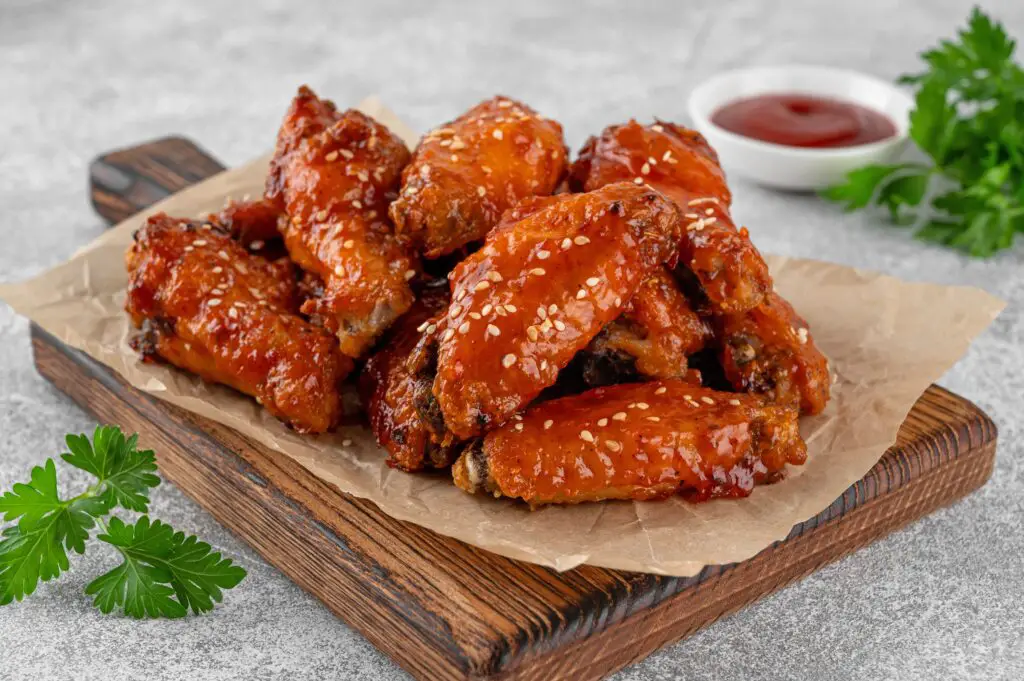
Hot wings were once closely tied to sports bars and “manly” hangouts, often paired with beer and watched during action-packed sports events. Their spicy heat and casual, hands-on eating style made them a staple in environments where masculinity and fun were central themes. The fiery flavor and the act of getting messy while eating them helped solidify their status as the ultimate “man food.”
Today, hot wings have broken free from these traditional gender associations and are now enjoyed by people of all genders, ages, and walks of life. As the flavor palate expands, people are experimenting with different sauces, spices, and cooking techniques. Wings are now a mainstay at family gatherings, casual dinners, and even upscale restaurants, showing that this once “manly” food is universally adored.
5. Burgers

The hamburger, an iconic American food, has long been a symbol of masculinity, particularly due to its association with fast food culture and backyard grilling. The burger was often marketed as the ultimate hearty meal, something that satiated a hungry man’s appetite. With its large portions and robust flavors, the burger was seen as a reflection of American strength and rugged outdoor culture.
In today’s food scene, burgers have evolved far beyond their original association with masculinity. They now come in an array of options, from gourmet versions with exotic toppings to healthier alternatives like plant-based patties. The versatility of the burger makes it a popular choice for everyone, with different cultures and dietary preferences offering a wide variety of options to suit all tastes, no longer confined to the image of a “man’s meal.”
6. Chili
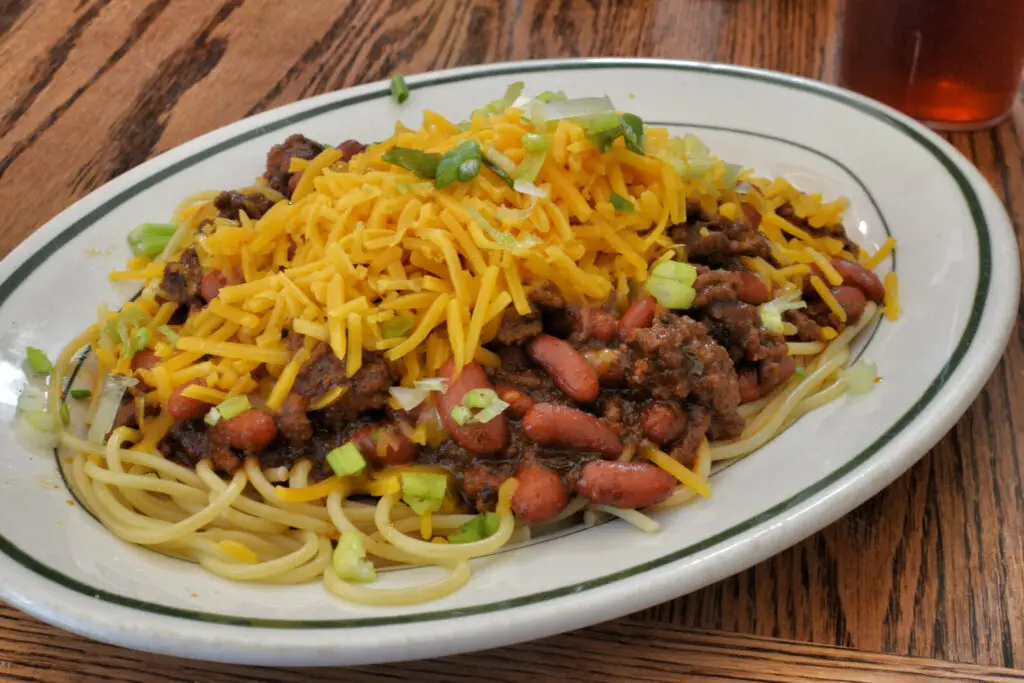
Chili, with its rich flavors and hearty ingredients, was once considered a quintessential “man food.” Its roots lie in the American Southwest, where it was a filling, nourishing dish ideal for long days working outdoors. The dish was popularized by cowboy culture and cook-offs, which reinforced its association with rugged masculinity and strength.
Today, chili is appreciated by a much broader audience. Its hearty and comforting nature has made it a staple at family gatherings, potlucks, and even high-end restaurants. With variations to accommodate vegetarian, vegan, and gluten-free diets, chili has evolved from a meat-heavy “man’s dish” to one that can be enjoyed by anyone, proving its place as a universally loved comfort food.
7. Whiskey

Whiskey was historically seen as a drink reserved for men, often associated with strong, stoic characters in movies and advertisements. It was portrayed as the drink of choice for those with tough, rough-around-the-edges personalities, and its association with masculinity was entrenched by its popularity among older generations of men. Sipping whiskey was often considered an act of strength, maturity, and sophistication.
Today, whiskey is enjoyed by people of all backgrounds and genders. Its rise in craft cocktail culture has expanded its appeal, with whiskey-based drinks now featured on trendy bar menus around the world. Women and men alike are discovering the complexities of different whiskey types, and the drink’s nuanced flavors are no longer reserved for one specific gender, but rather enjoyed by anyone looking for a high-quality beverage.
8. Beef Jerky
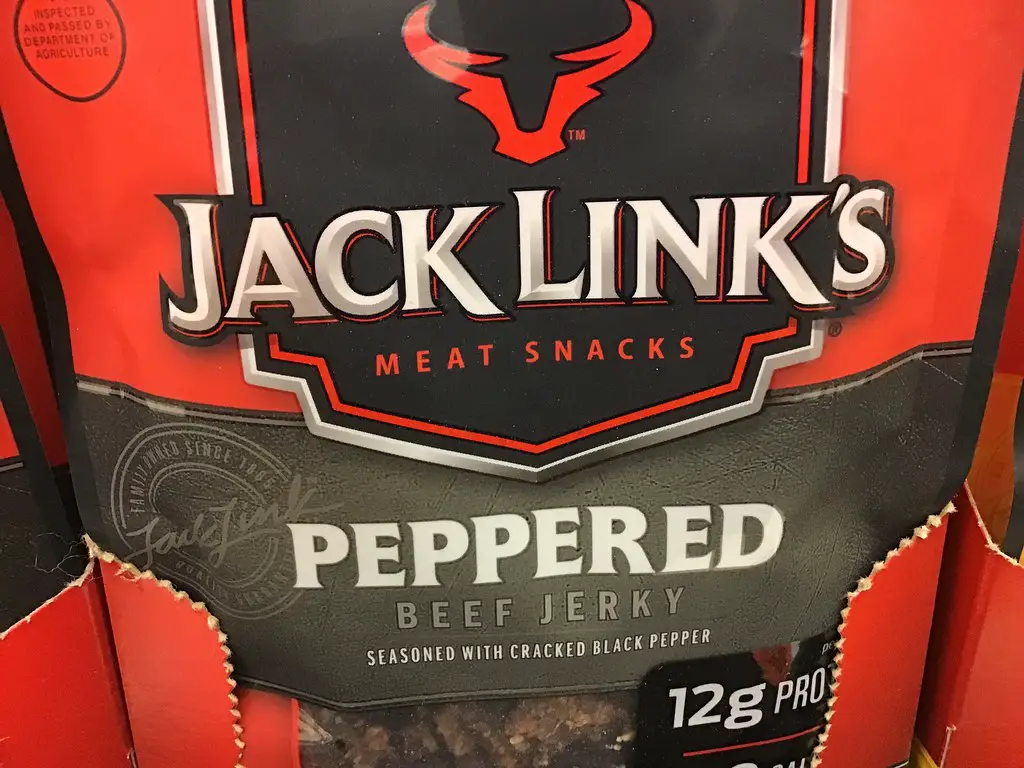
Beef jerky has long been considered a “man’s snack,” particularly among outdoor enthusiasts, truckers, and those in physically demanding jobs. Its portability, long shelf life, and high-protein content made it a go-to snack for men in need of a quick, filling bite. Beef jerky’s marketing often reinforced the idea that it was a tough, rugged snack, perfect for those who led active, masculine lives.
In recent years, beef jerky has undergone a reinvention, with a growing number of women and health-conscious individuals jumping on the bandwagon. With the rise of healthy snacks and high-protein diets, beef jerky has become a popular option for a wide range of consumers. Many artisanal jerky brands have emerged, offering different flavors and using natural, high-quality ingredients that appeal to people looking for a convenient, tasty snack, regardless of gender.
9. BBQ

Barbecue culture has long been tied to masculinity, often depicted in movies and TV shows as a male-dominated activity. Grilling meat over an open flame was once seen as a rite of passage for men, a social activity where men showed off their grilling prowess. BBQ competitions and backyard cookouts further solidified the idea of grilling as a “manly” activity.
Today, BBQ has transcended gender stereotypes and is enjoyed by people of all backgrounds. Men and women alike are perfecting their grilling skills, experimenting with different techniques, and enjoying BBQ dishes at family gatherings, festivals, and even upscale restaurants. The increasing popularity of vegan and vegetarian BBQ alternatives has further broadened the appeal, showing that BBQ culture is now inclusive for everyone.
10. Beer
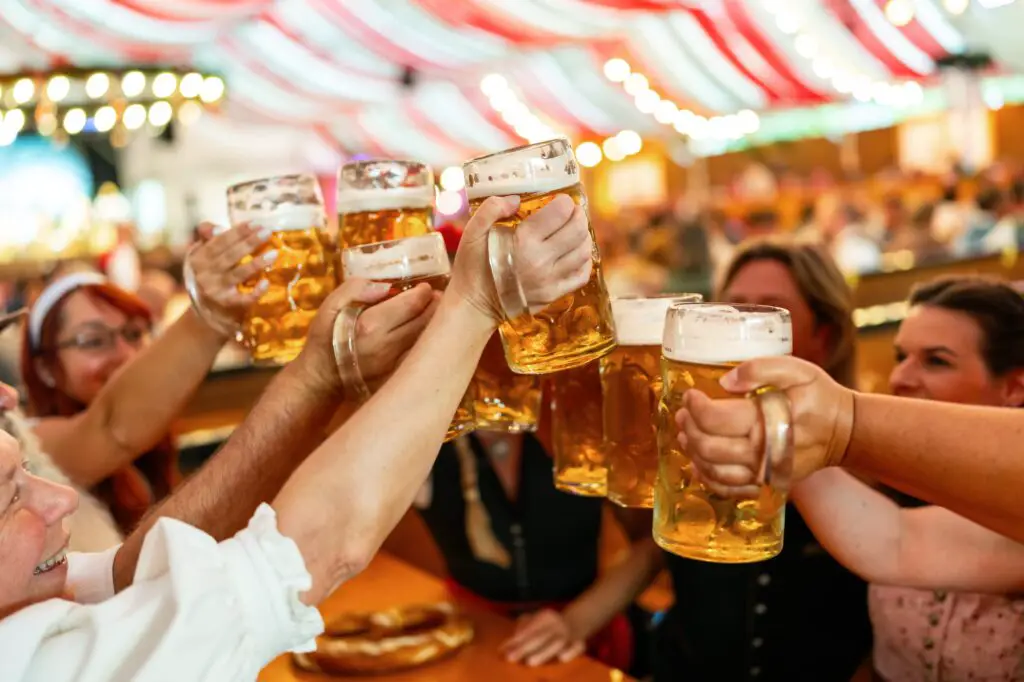
Beer was once the quintessential “manly” drink, often associated with sports, heavy drinking, and masculinity. Ads from the mid-20th century promoted beer as the drink of choice for strong, successful men. Beer was often seen as a way to bond with other men over shared experiences, with beer commercials reinforcing this association.
In recent years, the craft beer movement has helped change the way people view beer. Women, in particular, have become an influential part of the craft beer scene, as they have embraced everything from local microbrews to international varieties. Beer is now a drink for anyone who appreciates quality, flavor, and the experience of tasting unique brews, rather than being reserved for just one gender.
11. Tacos
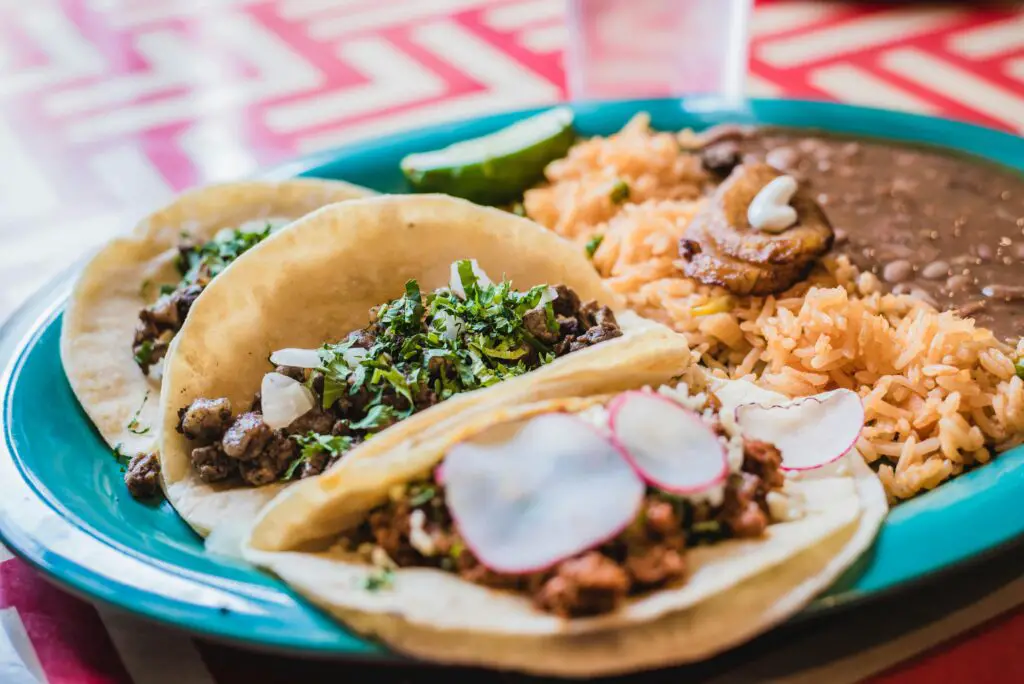
Tacos were once seen as a simple, casual meal, typically enjoyed by men at late-night hangouts or quick street food stops. They were typically associated with masculine, fast-paced lifestyles due to their street-food origins and easy-to-eat nature. For years, tacos were considered a no-frills, quick meal rather than a trendy or fashionable option.
Today, tacos have become an iconic dish that appeals to all. From gourmet tacos with exotic ingredients to traditional street tacos, this Mexican staple has found a place on upscale menus and in food trucks alike. With the rise of fusion tacos and plant-based options, tacos are now enjoyed by food lovers of all kinds, breaking away from their original association with masculinity and becoming a trendy, universally loved food.
12. Pork
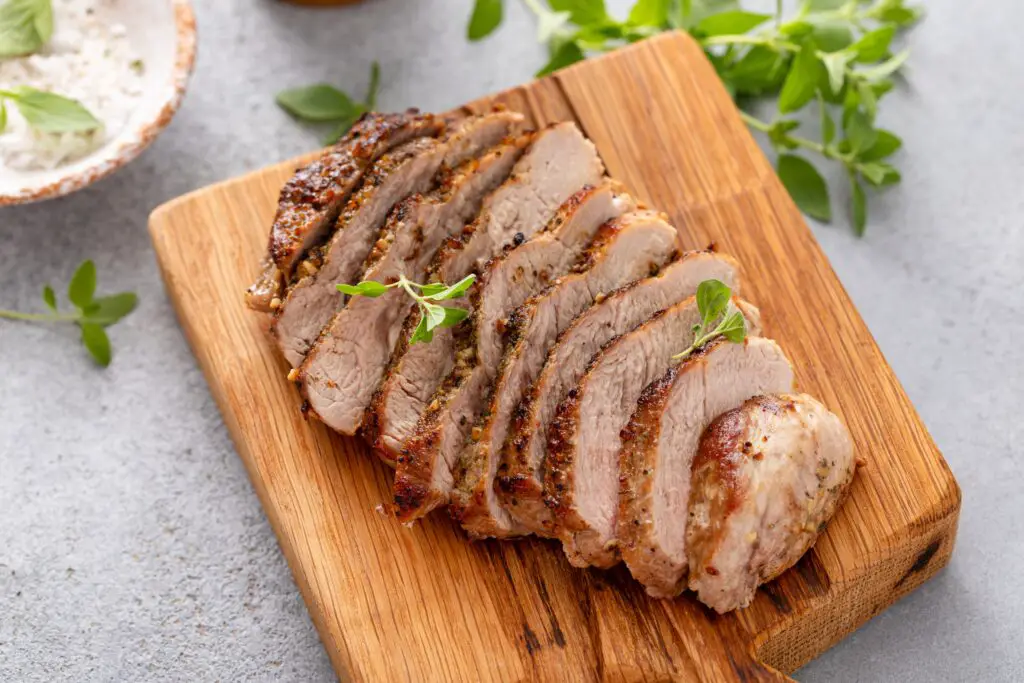
Pork, particularly in the form of sausages, ribs, and chops, was traditionally considered a hearty, “manly” meat due to its rich flavor and filling nature. The history of pork in American cuisine ties back to working-class meals, where it was an affordable, protein-packed option for men who needed sustenance after a long day of hard labor. Pork was often marketed as a strong, robust meat, perfect for masculine meals.
In recent years, pork has found a broader audience. From bacon to pork belly, this meat has become popular in fine dining and has made its way into many trendy dishes. Pork is now enjoyed by a wide variety of people, with chefs offering new takes on classic dishes and exploring the many cuts and flavors that pork can bring to the table. It’s no longer just for the tough guy at the grill but a versatile ingredient embraced by many.
13. Peanuts
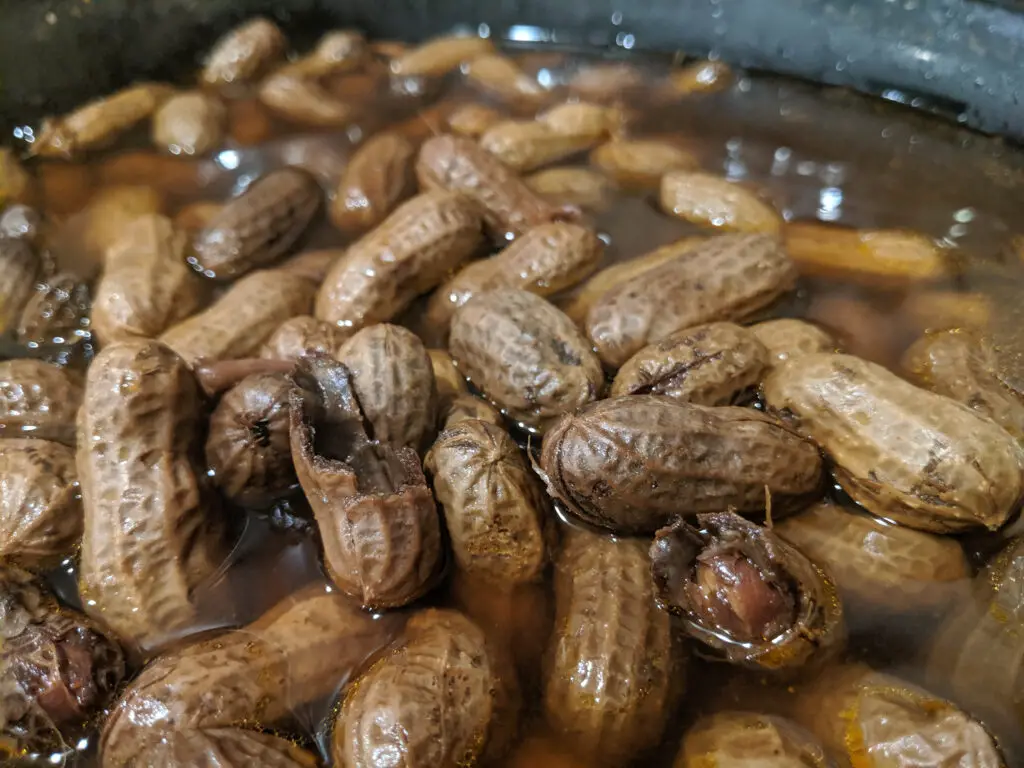
Peanuts, often seen as a snack that only men enjoyed at baseball games or while watching sports on TV, were once associated with casual, masculine gatherings. Their hearty nature and portability made them a popular choice for outdoor events, and they were marketed in a way that reinforced their connection with manly snacks. Peanuts were also commonly found in the form of peanut butter, often viewed as a hearty, protein-packed meal.
Now, peanuts and peanut butter are enjoyed by everyone, regardless of gender. Whether as a quick snack, a sandwich filling, or an ingredient in gourmet dishes, peanuts have become a mainstream food that is cherished across the globe. With the rise of nut butters and innovative peanut-based products, peanuts are no longer just a food for men, but a versatile snack that appeals to all.
14. Fish

Fish, particularly larger, meatier varieties like tuna and salmon, were often considered the domain of men who liked to fish or eat hearty meals. The act of fishing and catching one’s own meal was steeped in masculinity, and fish was often associated with these rugged, outdoor activities. In many cultures, fish was marketed as the strong, nutritious meal for men.
Today, fish has become a favorite for people of all genders. With the rise of sustainable eating and the health-conscious food movement, fish has found a place in the diets of a wide variety of individuals. Whether grilled, baked, or incorporated into dishes like sushi, fish is no longer seen as a “man’s meal” but as a versatile and nutritious option for anyone looking to eat well.
15. Eggs

Eggs, especially in hearty forms like scrambled with bacon or fried in a skillet, were once considered a meal best suited for men. Often associated with high-protein breakfasts, eggs were marketed as a quick, filling start to a man’s day. The act of cooking eggs, often on a grill or stovetop, added to their association with masculinity.
In recent years, eggs have become a beloved food item for everyone. From avocado toast to egg-based salads, eggs have become a staple in trendy dishes across the culinary world. With the rise of plant-based diets, egg alternatives have also gained traction, showing that eggs are now an ingredient enjoyed by all, regardless of gender.
16. Lamb
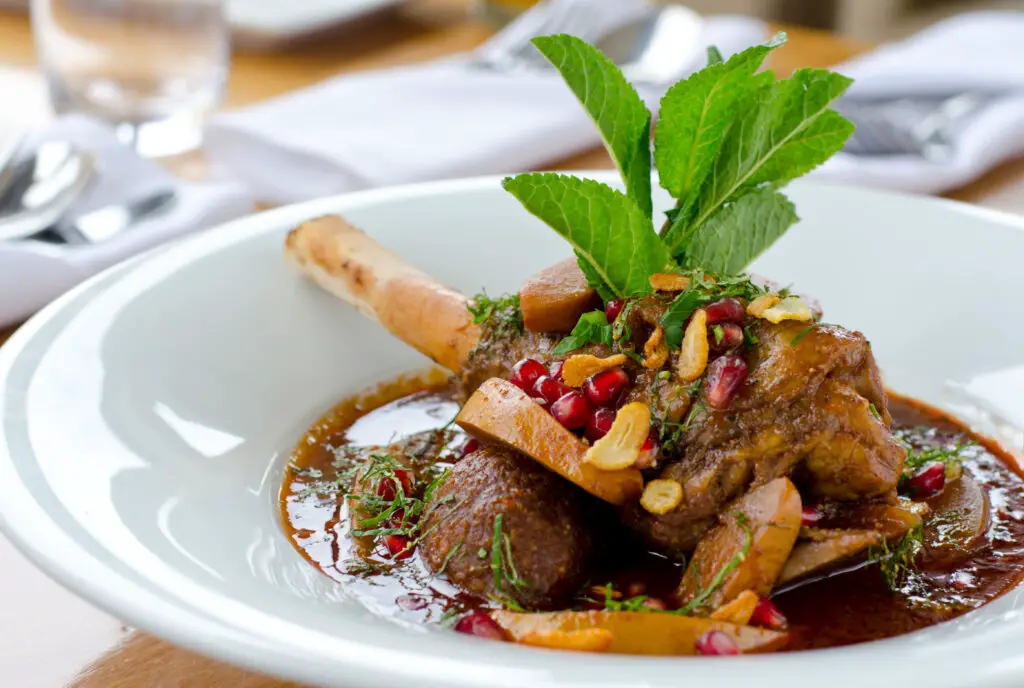
Lamb, often seen as a more sophisticated and “masculine” meat in certain cultures, was once associated with elegant meals and special occasions. Known for its rich flavor and tender texture, lamb was often served at family gatherings or high-end dinners, where it was considered the meat of choice for men who appreciated fine dining. Its association with masculinity came from its history as a luxurious dish.
Now, lamb has become popular across various demographics. Whether roasted, grilled, or used in stews, it’s a versatile meat loved by home cooks and chefs alike. With a rise in popularity among health-conscious eaters and foodies, lamb is now appreciated for its unique flavor and adaptability, no longer confined to one gender or occasion.
17. Pasta
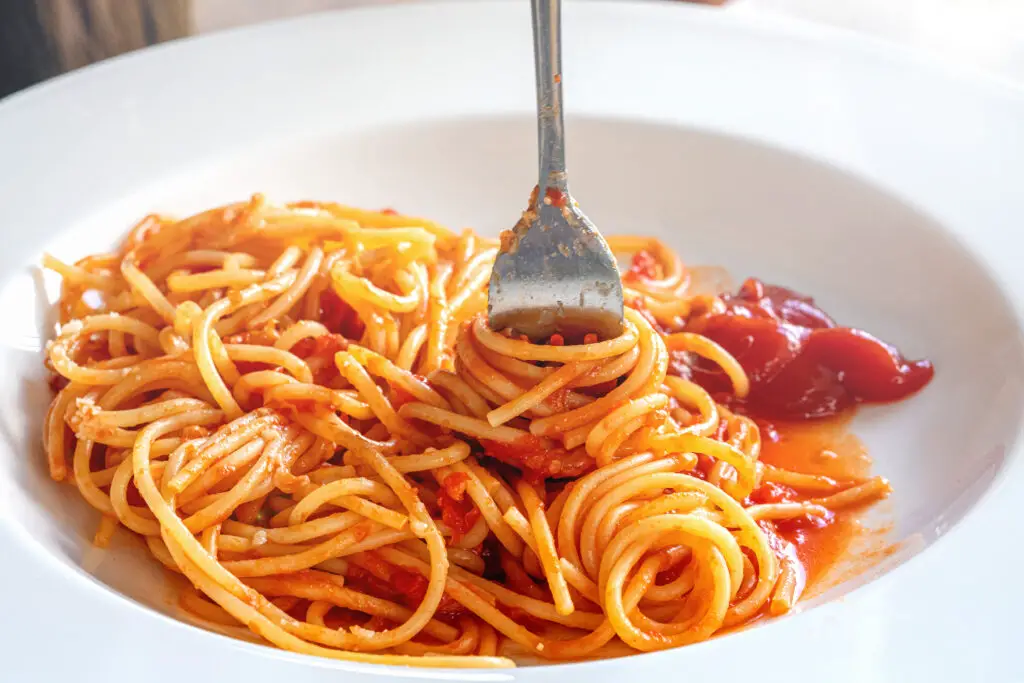
While pasta was once considered the domain of hearty, comforting meals associated with Italian patriarchal figures, it’s now enjoyed by people of all genders. Historically, pasta was often marketed as a filling meal for hardworking men who needed energy to get through the day. Whether served with meatballs or in a rich, creamy sauce, pasta was seen as a satisfying, robust meal.
Today, pasta has become a global favorite, with people experimenting with different shapes, sauces, and even plant-based alternatives. It’s now widely regarded as a versatile dish that can be tailored to anyone’s tastes and dietary needs. The image of pasta as a “manly” dish has evolved into one of inclusivity and creativity, enjoyed by people from all walks of life.
